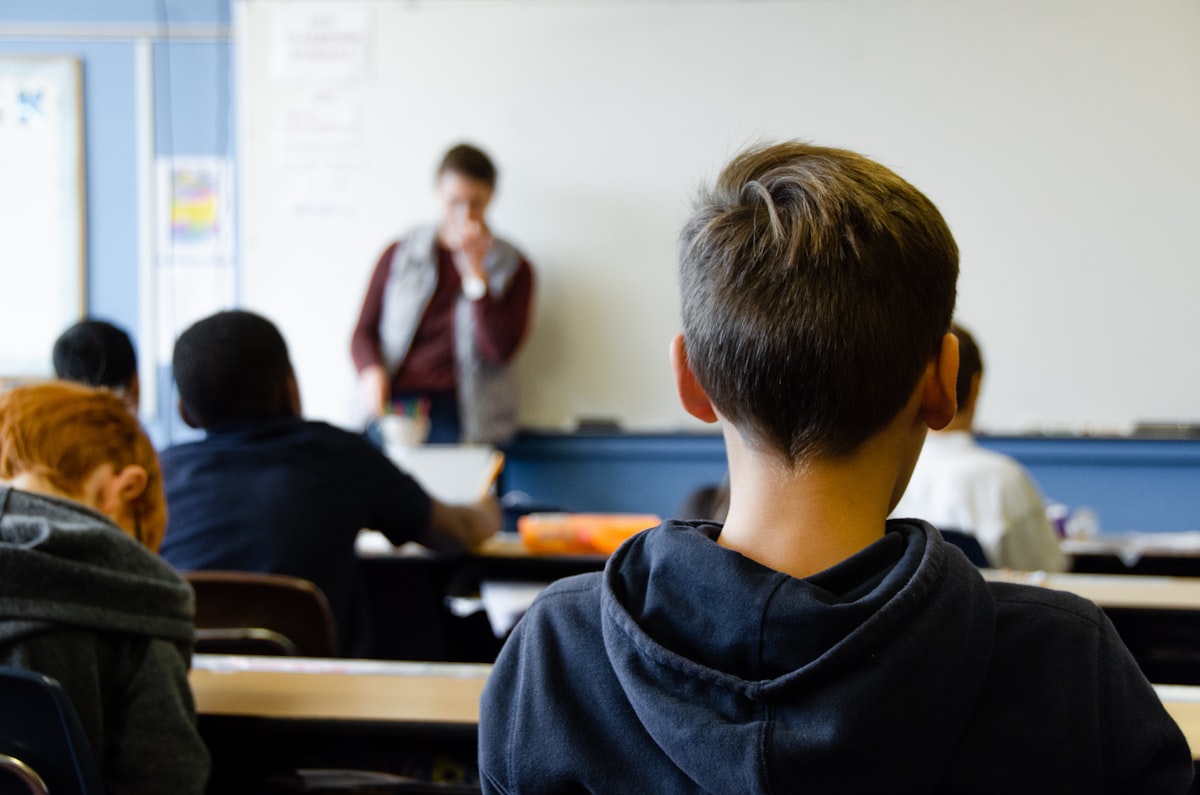Opinion: Why Reducing Class Size Is So Fundamental, Especially Right Now

By Gilly Nadel, parent and teacher.
Everyone knows New York City public school students deserve better — but what does better mean? I have taught in public and charter schools in Crown Heights, DUMBO, and Bedford-Stuyvesant, and my son has attended Brooklyn public schools his whole life. As both a teacher and a parent, I know the transformative difference a smaller class and a second teacher make.
Many of my students experience enormous stress from an early age. Some have to take care of themselves and their little siblings in the evenings while their parents work a second or third job. Some live in homeless shelters. Some live in foster homes. Some come from war-torn countries, where they missed several years of school. I've had kids come to school the day after one of their parents was deported or a favorite aunt was shot dead.
Not surprisingly, kids from low-income neighborhoods often arrive in school hyper-vigilant and risk-averse. It takes a lot of personal attention to get them to feel safe enough to learn.
When I teach in a class of 24 students with two teachers, I’m able to give kids that personal attention. I can hold individual conferences with students, invite them to have lunch with me in the classroom, create differentiated materials that push them from where they are to the next level, and call their parents to tell them the smart things their kids say. While the other teacher leads a whole-class discussion, I can work with a small group of kids who need the material delivered differently, or I might support individual students who would otherwise act out and stop the whole lesson.
When I have 34 kids in the classroom, I never have time to confer with individuals, only groups. I don’t reach out to parents unless something is seriously wrong. I don’t even know exactly where each child is in their understanding of the material, and even if I did, I could not differentiate instruction meaningfully. I always feel rushed and defeated — and so do the kids.
Why do ten children make such a difference? With each additional student, there is an exponential rise in the noise level, the number of hands in the air, the number of interactions everyone has, and the inputs the brain has to deal with. Children who have already experienced a lot of stress find this additional brain load overwhelming. They are more likely to shut down or become explosive — and that triggers other students to misbehave. Smaller classes are calmer, quieter, more functional environments, where stressed-out kids can allow themselves to learn.
Moreover, no single teacher can keep an eye on all the kids in a room at once. Kids get tired of waiting to get help, and engage in off-task behavior instead. There's more bullying and more frustration on everyone's part. Two teachers can see more of what's going on in the room at any given moment, and they can give every one of the 24 kids the emotional and academic support they need to succeed.
And yet for more than a generation, NYC kids have been subjected to classes that are up to 30% larger than in the rest of the state.
The city has a historic opportunity this year, with the state finally fully funding Foundation Aid, which was promised years ago after the state’s highest court ruled that NYC kids were being deprived of their constitutional right to a quality education. The city’s Department of Education will receive an additional $530 million next year, increasing to $1.3 billion in each of the following three years. At the same time, it will receive $7 billion from the federal government to support reopening schools with the increased academic and emotional support kids need after the pandemic.
The Mayor should agree to the City Council’s proposal to earmark $250 million for reducing class sizes, and should additionally set aside money to put two teachers in every classroom in low-income neighborhoods. The State Legislature, meanwhile, should pass the bill that has been introduced requiring the city to reduce class sizes within the next five years (S. 6296 / A. 7447).
New York City kids deserve the same small classes and personal attention kids in the rest of the state get. After the stresses of the past year and a half, they need these more than ever. Let’s make sure they finally get it.




